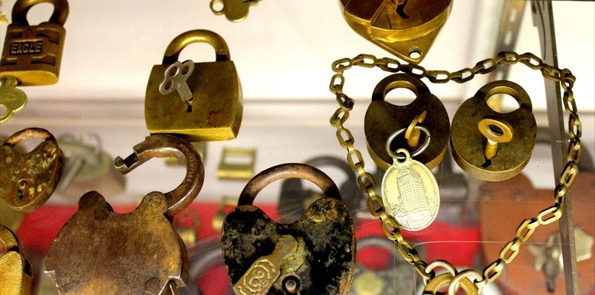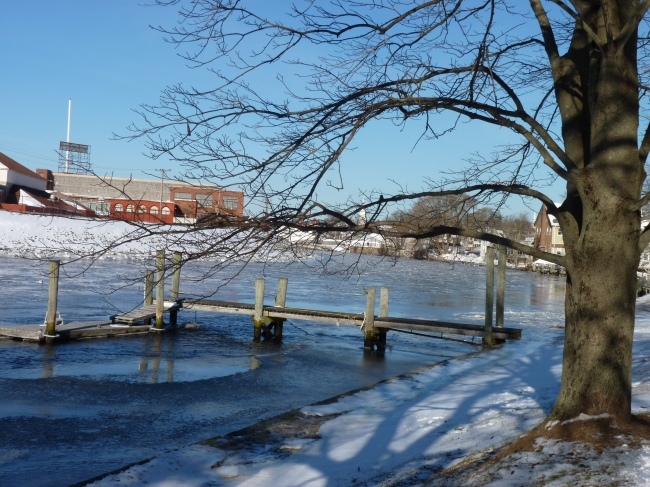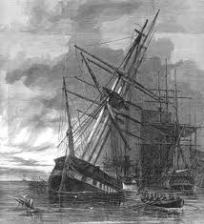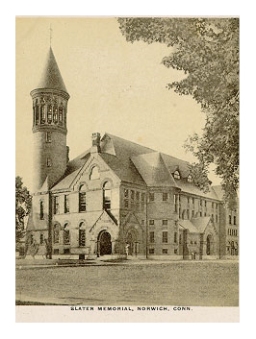The name on the side of the large brick building overlooking the Farmington River is faded after nearly 200 years, but in the early decades of the Industrial Revolution, it proclaimed to the world that the Collins Company Axe Factory was located here.
The sprawling industrial complex launched in 1826 by a pair of 20-somethings, Samuel Watkinson Collins, 24, his brother David, 21, and their wealthy cousin, William Wells, made edge tools into the 20th century. At its peak, the company’s product line numbered 1,300 different types of such tools.
The items produced here were used almost exclusively, it is said, on the Trans-Siberian Railway. Such was their quality, that Collins machetes were widely used in Central and South America. Their axes and picks made their way to the California Gold Rush and later Collins-produced bayonets were used in the Civil War.
The memory of those heady days is displayed in the Canton Historical Museum, housed in a three-story wooden structure that once was used by the Collins Company to finish and assemble agricultural plows.
Its collection tells the story of the company that used hydropower to begin mass-producing axes and other tools in this rural enclave a 30-minute drive from Hartford, the state capital. But the museum collection ranges from early Native American artifacts to the Victorian Age and even some well preserved inventions made by Thomas Edison.
Reminders of 19th century life also include a reconstructed general store, post office and barber shop, a parlor featuring life-size mannequins wearing period wedding gowns. A hand-pulled piece of fire apparatus and a metal Civil War casket are among the more unusual items on display.
——————————————————————
The Canton Historical Museum www.cantonmuseum.org
11 Front St, Collinsville, CT 06019
(860) 693-2793
______________________________________________








